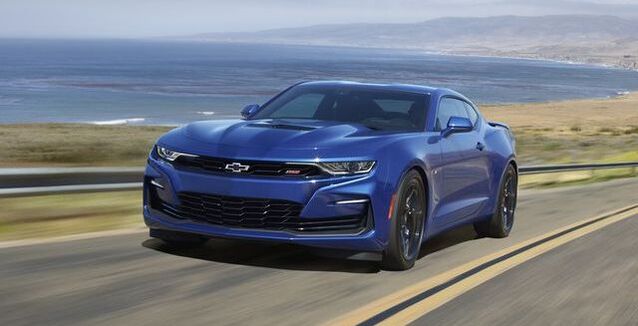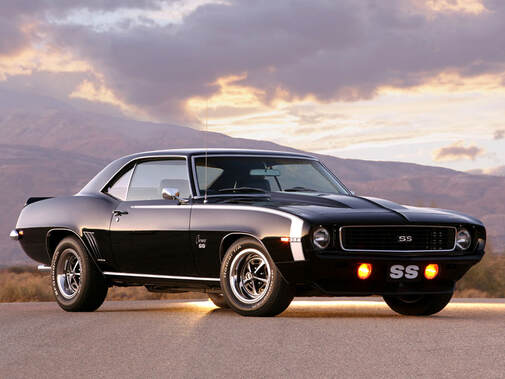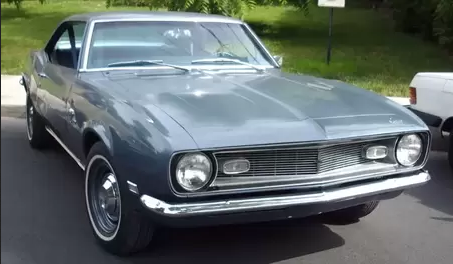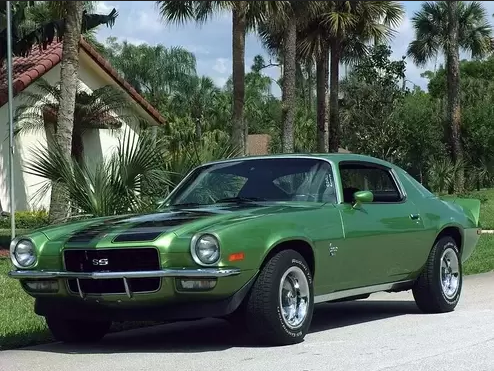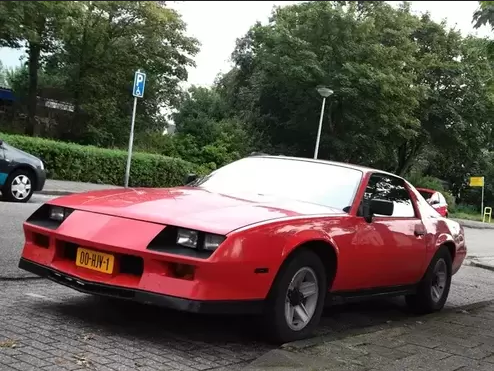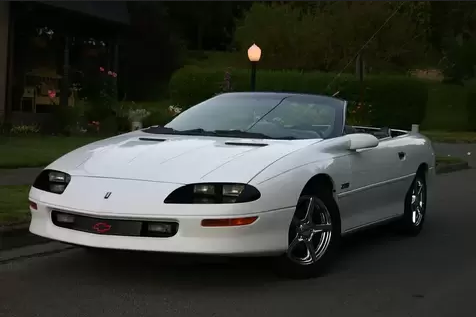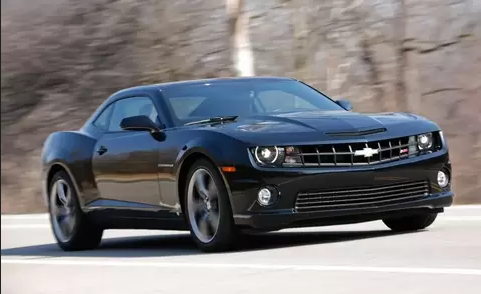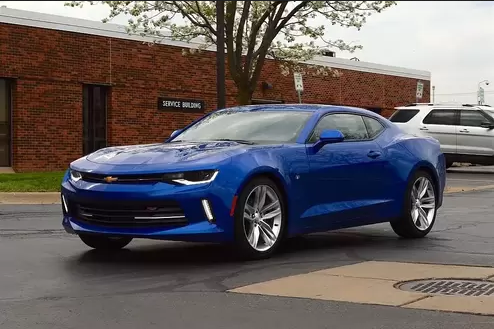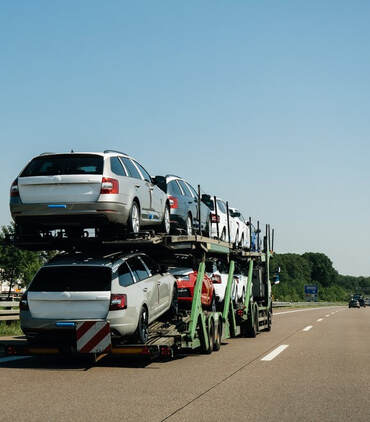Chevrolet Camaro
Welcome to the adrenaline-pumping world of the Chevrolet Camaro, an icon in the realm of American muscle cars. Boasting a legacy that spans decades, the Camaro is a symbol of raw power, sleek design, and unbridled performance.
|
In this exploration, dive into the heart and soul of the Chevrolet Camaro, where cutting-edge engineering meets the thrill of the open road. From its inception to the latest models, this page is your gateway to the captivating story of a legendary muscle car that continues to captivate enthusiasts and redefine the driving experience.
|
Buckle up as we unravel history, performance prowess, and timeless appeal of the Camaro.


